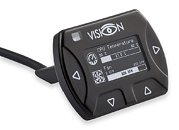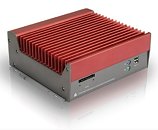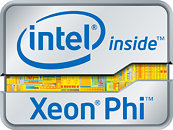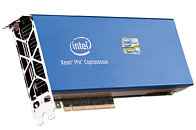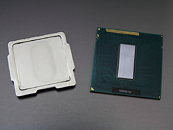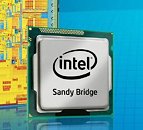
NVIDIA's Bryan Catanzaro Discusses Future of AI Personal Computing
Imagine a world where you can whisper your digital wishes into your device, and poof, it happens. That world may be coming sooner than you think. But if you're worried about AI doing your thinking for you, you might be waiting for a while. In a fireside chat Wednesday (March 20) at NVIDIA GTC, the global AI conference, Kanjun Qiu, CEO of Imbue, and Bryan Catanzaro, VP of applied deep learning research at NVIDIA, challenged many of the clichés that have long dominated conversations about AI. Launched in October 2022, Imbue made headlines with its Series B fundraiser last year, raising over $200 million at a $1 billion valuation.
The Future of Personal Computing
Qiu and Catanzaro discussed the role that virtual worlds will play in this, and how they could serve as interfaces for human-technology interaction. "I think it's pretty clear that AI is going to help build virtual worlds," said Catanzaro. "I think the maybe more controversial part is virtual worlds are going to be necessary for humans to interact with AI." People have an almost primal fear of being displaced, Catanzaro said, but what's much more likely is that our capabilities will be amplified as the technology fades into the background. Catanzaro compared it to the adoption of electricity. A century ago, people talked a lot about electricity. Now that it's ubiquitous, it's no longer the focus of broader conversations, even as it makes our day-to-day lives better.
The Future of Personal Computing
Qiu and Catanzaro discussed the role that virtual worlds will play in this, and how they could serve as interfaces for human-technology interaction. "I think it's pretty clear that AI is going to help build virtual worlds," said Catanzaro. "I think the maybe more controversial part is virtual worlds are going to be necessary for humans to interact with AI." People have an almost primal fear of being displaced, Catanzaro said, but what's much more likely is that our capabilities will be amplified as the technology fades into the background. Catanzaro compared it to the adoption of electricity. A century ago, people talked a lot about electricity. Now that it's ubiquitous, it's no longer the focus of broader conversations, even as it makes our day-to-day lives better.






























